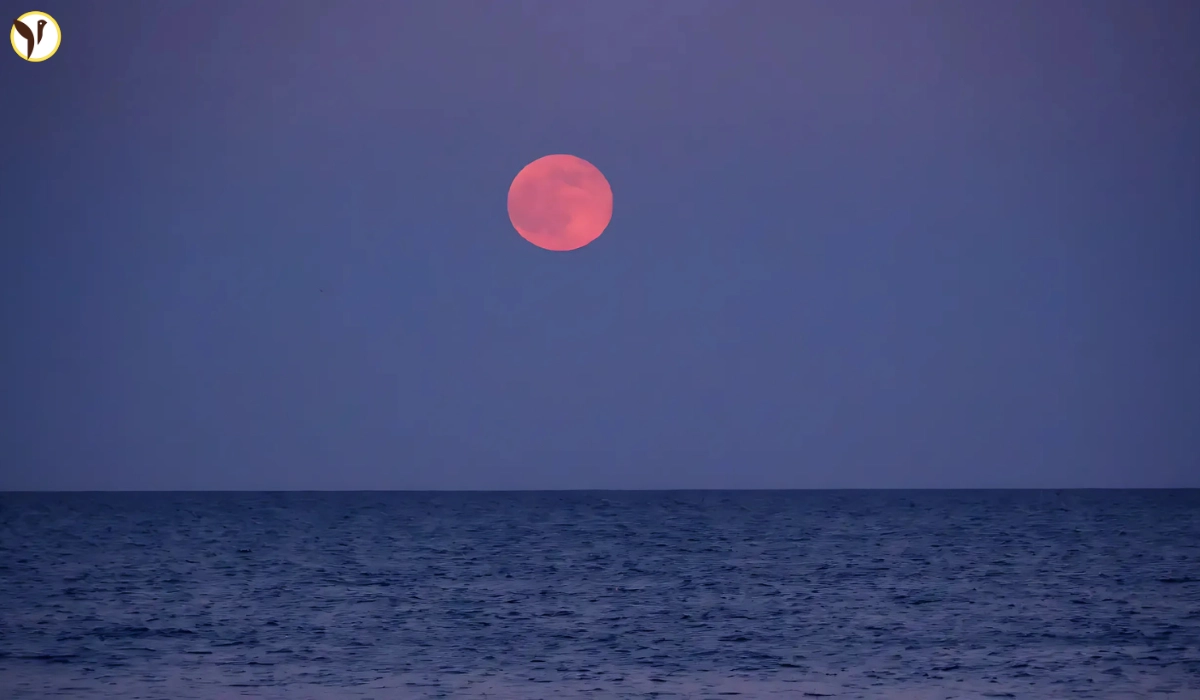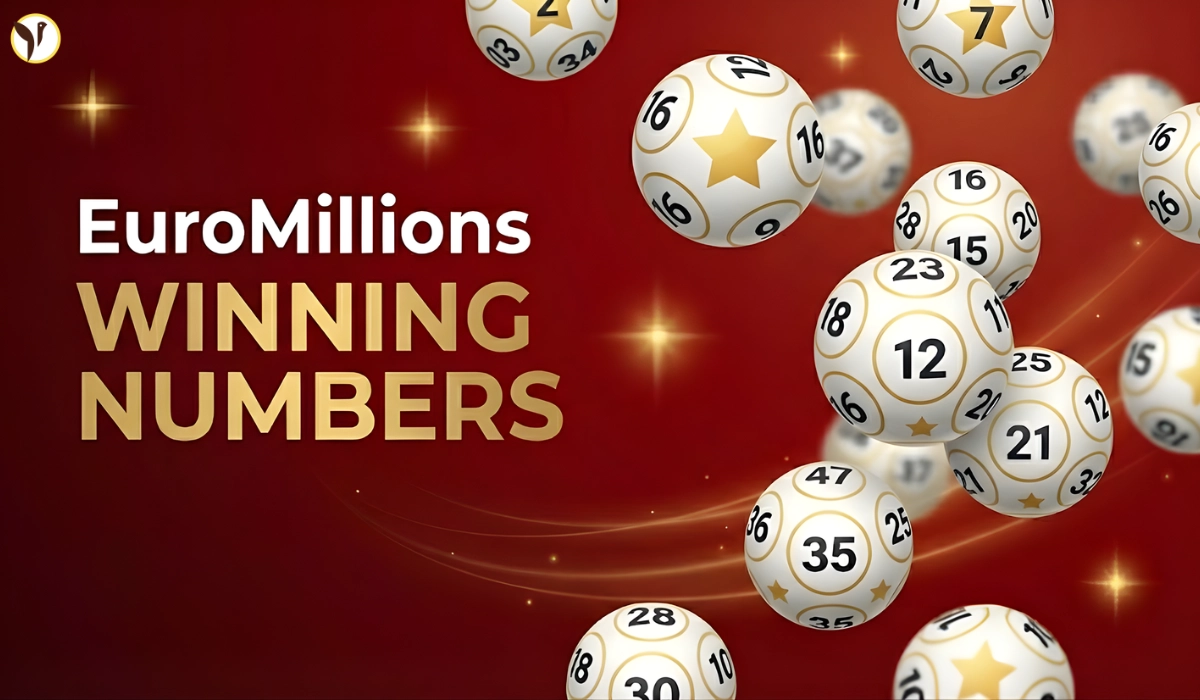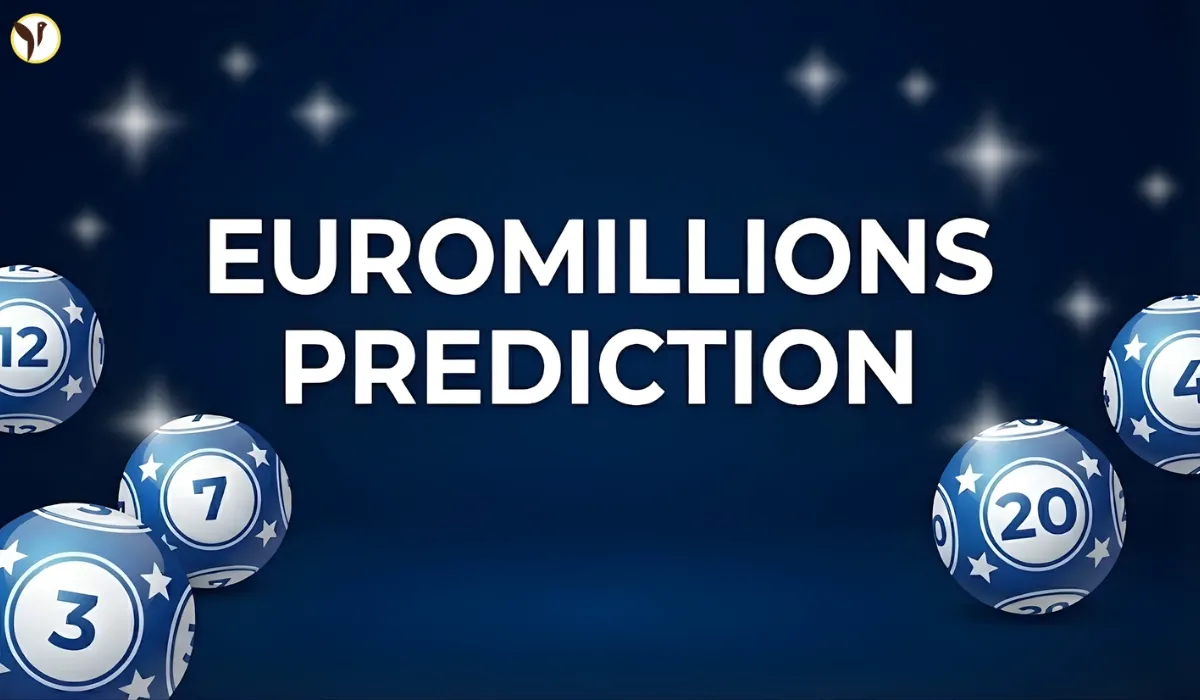If you enjoy watching the night sky, then the Strawberry Moon is something you won’t want to miss this June. This full moon gets its name not from its color, but from the time of year it appears. It happens just when strawberries begin to ripen in many parts of North America. In 2025, the Strawberry Moon will shine at its fullest on the morning of June 11, though it will appear nearly full the nights before and after. Whether you're a regular moon gazer or just curious this time, it's worth stepping outside for a few minutes to take it in. The moon will likely have a warm, golden color near the horizon, especially when it first rises after sunset.
When Is the Strawberry Moon in 2025?
The Strawberry Moon will officially reach its fullest point early in the morning of Wednesday, June 11, 2025, around 3:44 a.m. Eastern Time. But you don’t have to stay up until then to enjoy it. The moon will begin rising the evening before, on Tuesday, June 10, and that’s actually when it might look most impressive. At moonrise, just after sunset, the moon often appears bigger and has a warmer color because of the atmosphere. It will continue to shine brightly through most of the night and remain nearly full until early June 12. So, if clouds spoil your view one night, you’ll still have another chance the next day.
Why Is It Called the Strawberry Moon?
Despite what the name might suggest, the Strawberry Moon isn’t pink or red because of strawberries. The name comes from old Native American traditions, especially among the Algonquin people. They used the full moons to keep track of the seasons, and this one arrived during the short strawberry harvesting period in early summer. Over time, the name stuck. Different cultures have their own names for this moon—some call it the Rose Moon or Hot Moon. But the common idea is the same: it’s a full moon that marks a shift into summer. And even if the color doesn’t match the fruit, it’s still a beautiful sight to enjoy.
What Makes This Full Moon Unique?
What’s special about this year’s Strawberry Moon is how low it will hang in the sky. Because of the moon’s position in its orbit and the tilt of the Earth, this full moon will rise lower than most others. That can make it look bigger and more colorful than usual. When the moon is close to the horizon, the light has to pass through more of the Earth’s atmosphere, which often makes it look yellow, orange, or even reddish. Also, the moon will appear near the bright red star Antares in the night sky, which can add to the visual experience. If the skies are clear, this year’s full moon will feel a little more dramatic than usual.
Best Time and Way to Watch the Moon
To enjoy the Strawberry Moon at its best, try to step outside just after sunset on June 10. Look toward the eastern horizon. That’s when the moon begins to rise, and that’s also when it tends to appear largest and most colorful. Try to find a spot with a clear view of the horizon—like a park, hilltop, or beach—where there aren't buildings or trees blocking your view. If you have binoculars or even a decent camera, you might be able to capture some nice photos. But even with just your eyes, the moon will be an impressive sight. Don’t worry if you miss it the first night—it’ll be visible for a couple of days.
Cultural and Spiritual Meaning
In many parts of the world, full moons are seen as times of reflection and renewal. The Strawberry Moon is no different. In India, it aligns with a significant day on the lunar calendar known as Jyeshtha Purnima, which is observed with prayers and rituals. In astrology, the full moon in June often falls in the zodiac sign Sagittarius, which is associated with seeking truth, freedom, and growth. Some people like to use this time to set intentions, release old habits, or simply take a break to think about where they’re headed. Whether or not you follow those beliefs, taking a moment to pause and appreciate the moon can be meaningful in its own way.
Iamge Source: Times Now World









